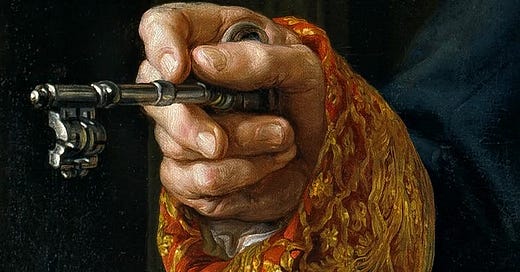Kant’s theory of transcendental idealism, is it true?
A simplified explanation of transcendental idealism.
Immanuel Kant’s theory of transcendental idealism is, in my opinion, quite a tricky one. Kant states that our perception of reality is not a direct representation of the world, but it is what we interpret it as, a construction of our minds, to put it simpler. This theory challenges what we know to be reality in itself, is it real? This theory forces us to ask ourselves that question.
The “normal” perception of reality is simply humans processing the world as a passive reception of external stimuli, simply perceiving what is before us, but what if that isn’t true? A scenario to help make this theory more easily digestible; Imagine wearing coloured glasses, the area around you remains unchanged, but the way you perceive what is around you has changed.
According to Kant, our knowledge is limited to the phenomenal world, the world as it appears to us through these mental filters, or, mental coloured glasses. We cannot access the noumenal world, the world as it truly is, because it is much too complicated for us to process. This means we could be absolutely certain about our own perceptions of reality, but not what is truly there. This theory has been challenged, and is highly controversial, but in my opinion, ties to many many theories about the universe.
Now I will ask you to ask yourself, If our minds are filtering and interpreting the world, how do you know that your perception of reality is true? Are we merely constructing a mental model that is convenient for us, but ultimately distorted? Maybe your version of blue is someone else’s red? These questions invite us to delve deeper into the philosophical mysteries that lie in questions of the universe.



